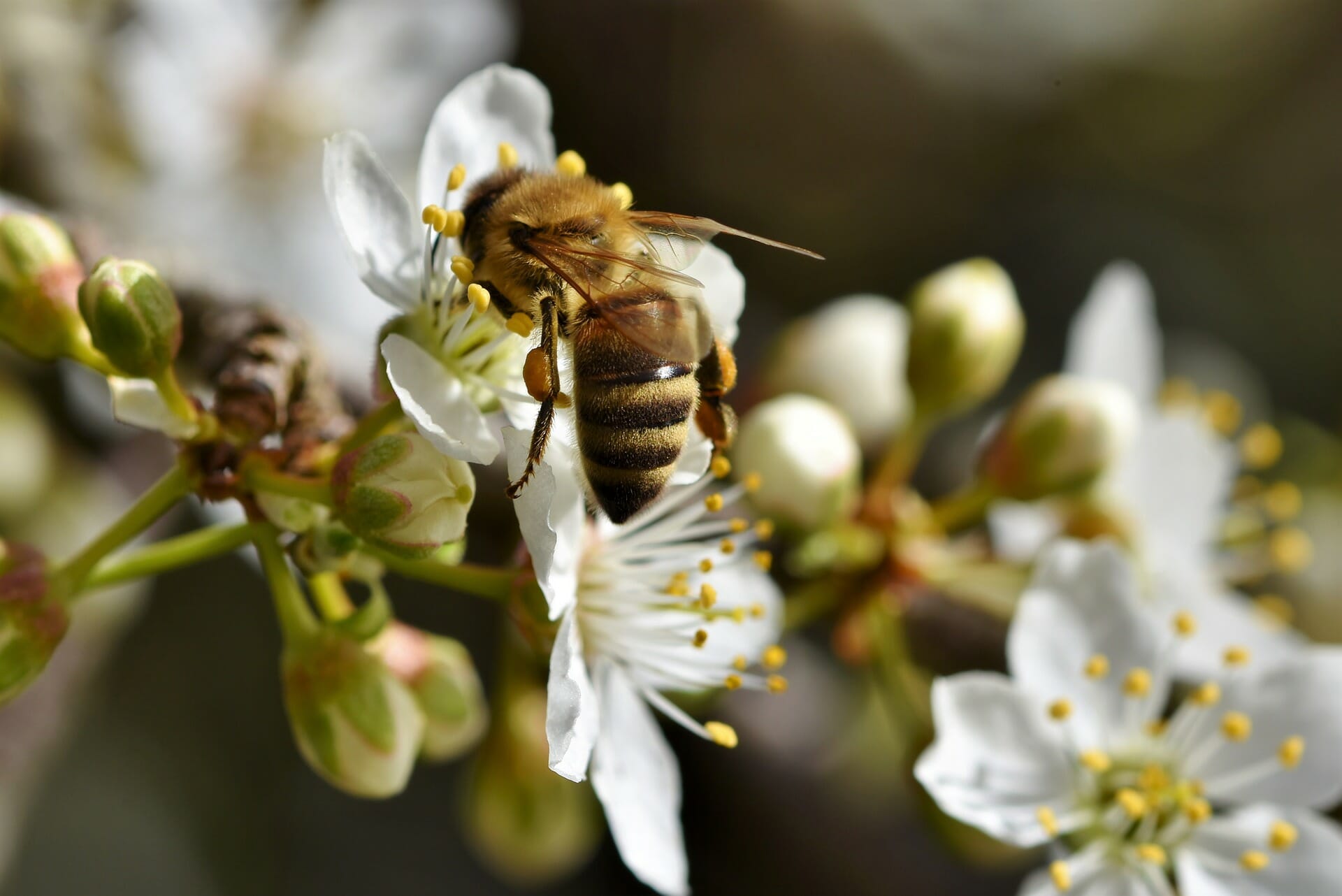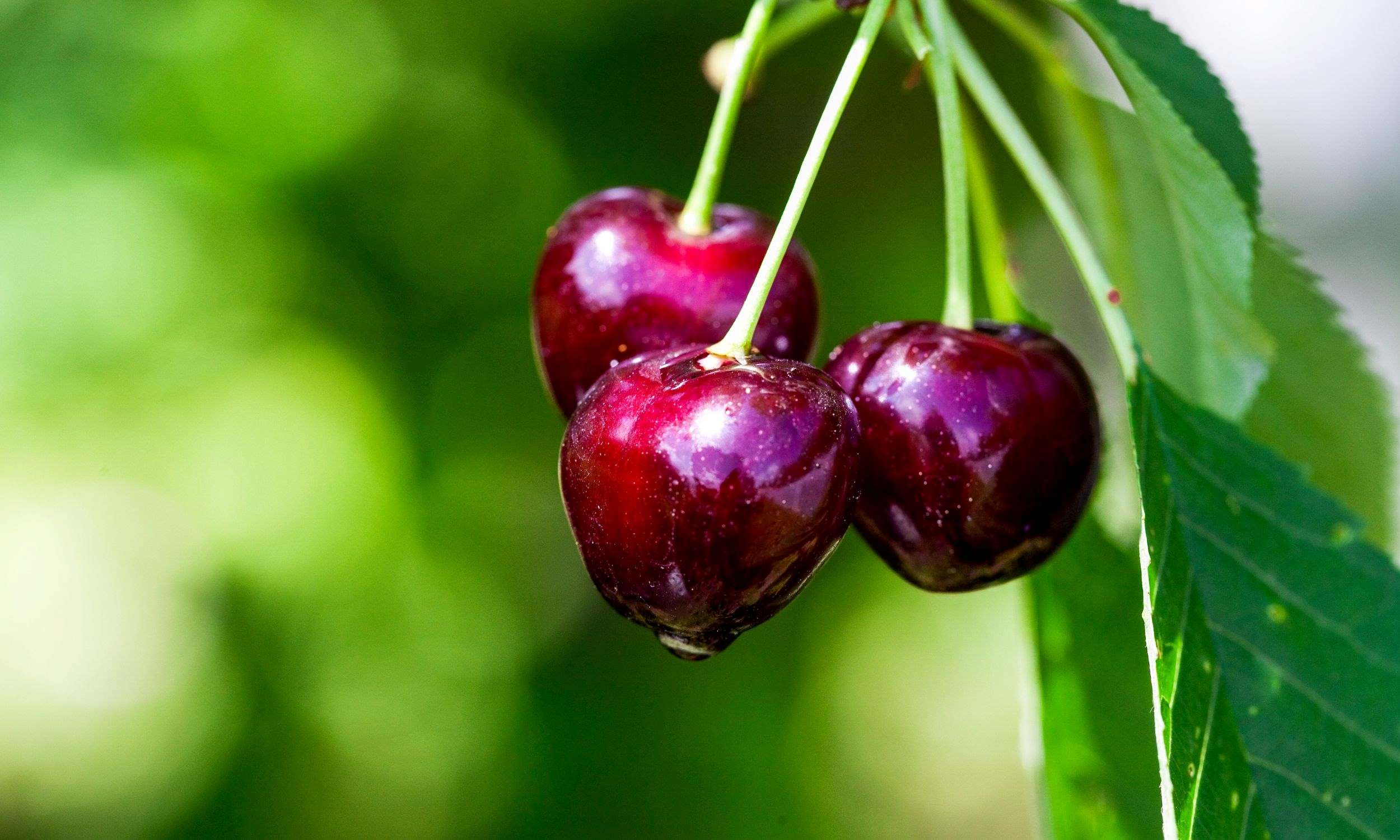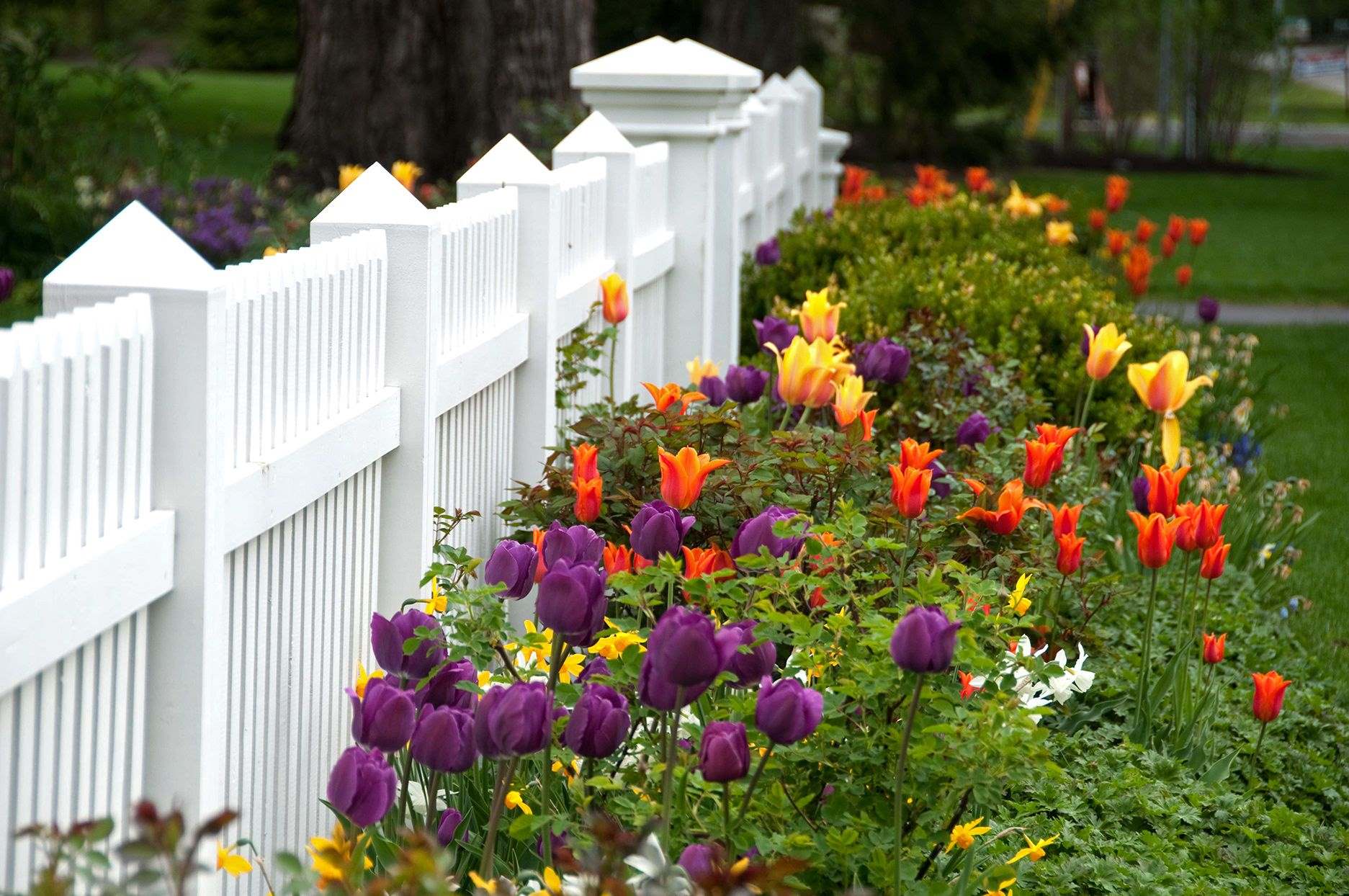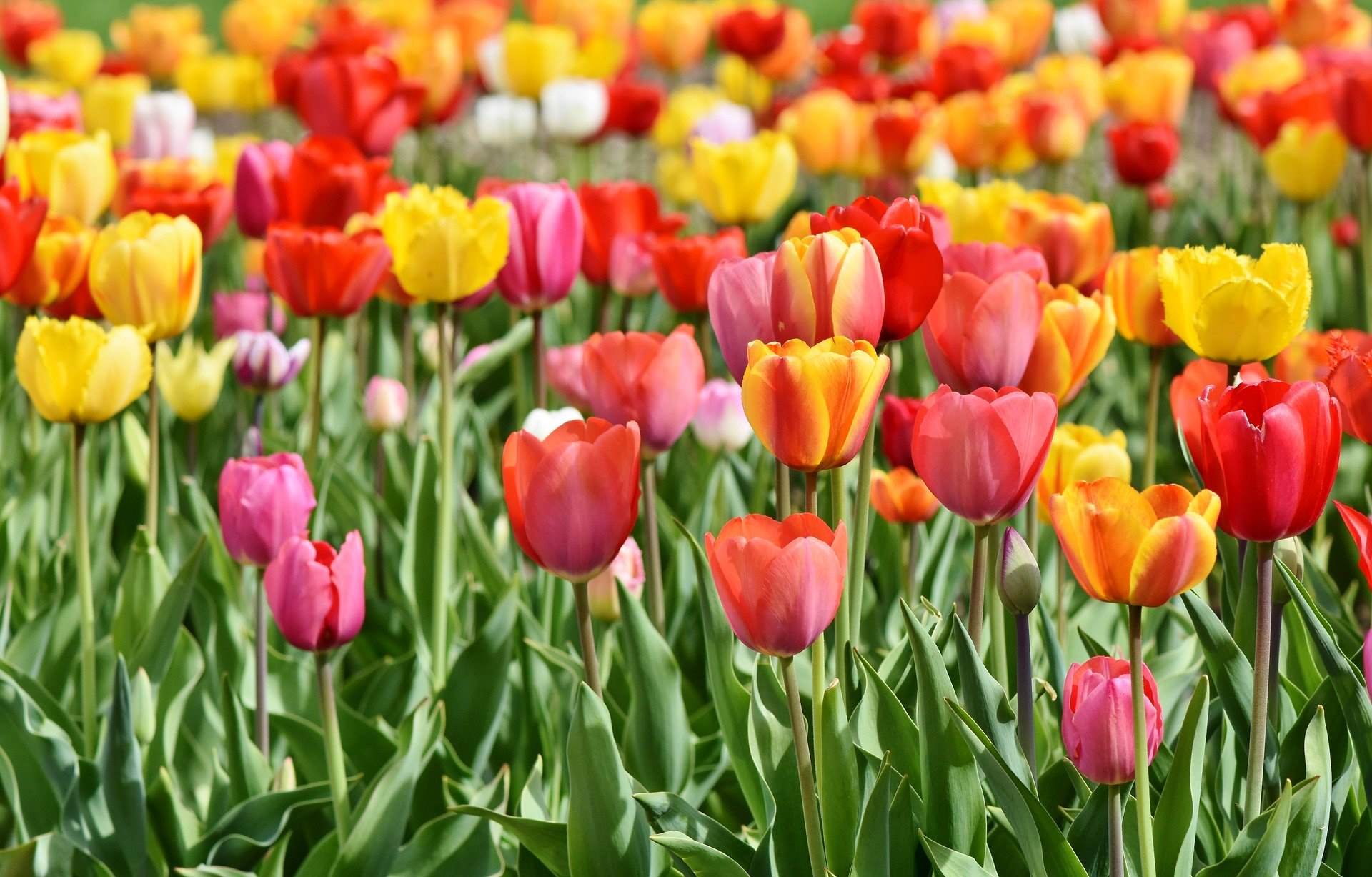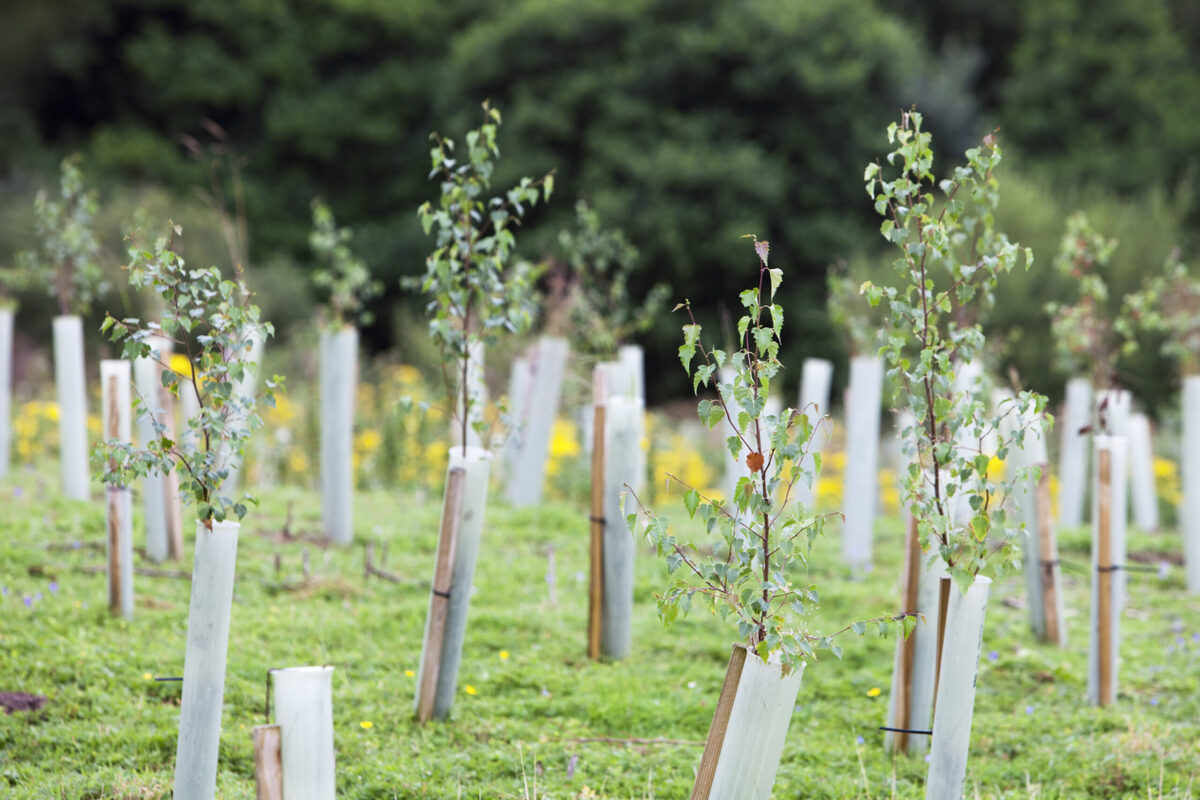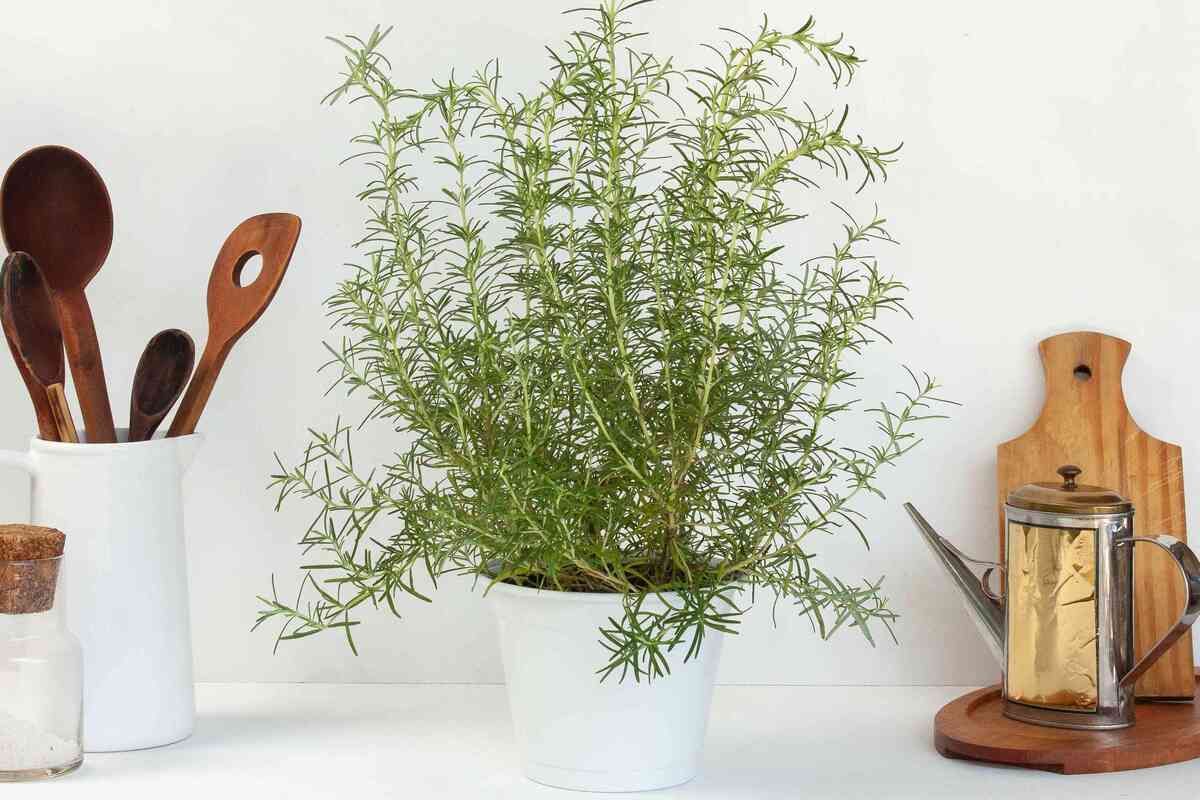Home>Types of Gardening>Ornamental Gardening>How Do You Plant Perennials


Ornamental Gardening
How Do You Plant Perennials
Modified: February 6, 2024
Discover the secrets of successful ornamental gardening with our step-by-step guide on how to plant perennials. Enhance your garden's beauty with long-lasting and stunning plants.
(Many of the links in this article redirect to a specific reviewed product. Your purchase of these products through affiliate links helps to generate commission for Chicagolandgardening.com, at no extra cost. Learn more)
Table of Contents
Introduction
Welcome to the world of ornamental gardening! If you have a passion for creating beautiful and vibrant outdoor spaces, then planting perennials should definitely be on your radar. Perennials are a wonderful addition to any garden, providing long-lasting beauty year after year.
Unlike annual plants that need to be replanted each year, perennials have the remarkable ability to come back year after year, providing a reliable and consistent display of flowers, foliage, and textures. They are a staple in ornamental gardens and offer a wide range of choices in terms of size, color, and bloom time.
Planting perennials offers numerous benefits that make them an attractive choice for garden enthusiasts. Not only do they provide enduring beauty, but they also require less maintenance compared to annuals. Once established, perennials require less watering and fertilization, saving you time and effort in the long run.
Another advantage of perennials is their ability to attract pollinators such as bees and butterflies, which are essential for a healthy ecosystem. By growing these beautiful plants, you are contributing to the sustainability and biodiversity of your garden.
Whether you want to create a colorful flower bed, add texture and interest to a border, or design a stunning focal point, perennials are the key to achieving a vibrant and flourishing garden. In this article, we will explore the various aspects of planting perennials, from selecting the right plants to caring for them throughout the seasons. So, grab your gardening gloves and let’s dig in!
Benefits of Planting Perennials
There are numerous benefits to incorporating perennials into your ornamental garden. Let’s explore some of the key advantages:
- Long-lasting beauty: One of the most significant benefits of planting perennials is their ability to provide long-lasting beauty. Unlike annuals that have a limited lifespan, perennials return year after year, offering a consistent display of colorful flowers, interesting foliage, and unique textures.
- Low maintenance: Perennials are a great option for those who want to enjoy a stunning garden without spending excessive time and effort on maintenance. Once established, perennials require less watering and fertilization compared to annuals. This makes them a cost-effective choice in the long run, as they require less investment in resources.
- Attract pollinators: Perennials are excellent for attracting beneficial pollinators, such as bees, butterflies, and hummingbirds, to your garden. These creatures play a vital role in pollination, which is essential for the reproduction of many plant species. By planting perennials, you are providing a valuable food source and habitat for these important pollinators.
- Adaptability: Perennials come in a wide range of species and varieties, each with its own set of characteristics and growing requirements. This adaptability allows you to select plants that are well-suited to your specific climate, soil conditions, and sunlight availability.
- Year-round interest: Perennials offer year-round interest in the garden, even during the colder months. While some perennials may go dormant in winter, others have captivating seed heads or evergreen foliage that provides structure and visual appeal to the garden during the offseason.
- Cost-effective: While the initial investment in perennial plants may be slightly higher than annuals, their ability to return year after year makes them a cost-effective choice in the long run. Additionally, perennials can be divided and propagated to create new plants, further reducing the need to purchase replacements.
With these benefits in mind, it’s easy to see why perennials are a popular choice among gardeners. They offer enduring beauty, require less maintenance, and contribute to the overall health and sustainability of your garden ecosystem. So, whether you’re a beginner gardener or an experienced horticulturist, adding perennials to your landscape is a decision that you won’t regret.
Choosing the Right Perennial Plants
When it comes to choosing the right perennial plants for your garden, there are a few key factors to consider. By taking the time to evaluate these factors, you can ensure that you select plants that will thrive in your specific growing conditions and meet your aesthetic preferences. Here are some tips to help you make the right choices:
- Climate and Hardiness: Begin by identifying your climate zone and understanding the hardiness levels of different types of perennials. This will help you select plants that are well-suited for your region and have a higher chance of surviving the winter. Consult the USDA Hardiness Zone map or consult with your local garden center for guidance on suitable plants for your area.
- Light and Soil Requirements: Assess the light and soil conditions in your garden to determine which perennials will thrive in those specific conditions. Some plants require full sun, while others prefer partial shade. Similarly, certain perennials thrive in well-drained, sandy soil, while others prefer loamy or clay soils. Understanding these requirements will ensure you choose plants that will thrive in your garden.
- Height and Spread: Consider the height and spread of the perennial plants you are considering. This will help you determine the appropriate spacing between plants and ensure that they have enough room to grow and spread without overcrowding. Taller perennials are best placed towards the back of borders or as focal points, while shorter varieties work well in the front or along pathways.
- Bloom Time and Color: Think about the desired bloom time and color scheme for your garden. Perennials offer a wide variety of colors, from vibrant oranges and pinks to soothing blues and purples. By selecting plants that bloom at different times throughout the season, you can ensure a continuous display of color and interest in your garden.
- Maintenance and Care: Assess your available time and resources for maintenance. Some perennials require more care than others, such as deadheading, staking, or dividing. If you prefer low-maintenance plants, look for varieties that are known for their hardiness and ability to thrive with minimal intervention.
By considering these factors, you can make informed decisions when selecting the right perennial plants for your garden. Remember to also consult with local gardening experts, visit botanical gardens, and read gardening guides to gather more information about specific plants and their characteristics. With a thoughtful approach, you can create a stunning and harmonious perennial garden that brings you joy for years to come.
Site Preparation for Perennial Planting
Before planting your perennial plants, it’s important to prepare the site to ensure optimal conditions for their growth and success. Proper site preparation sets the stage for healthy root development, better nutrient absorption, and overall plant vigor. Here are the key steps to follow when preparing your site for perennial planting:
- Clear the area: Start by removing any existing vegetation, weeds, and debris from the area where you plan to plant your perennials. This will minimize competition for resources and create a clean slate for your new plants.
- Assess soil quality: Test the soil pH and nutrient levels of your site. Most perennials prefer well-draining soil with a slightly acidic to neutral pH. You can purchase a soil testing kit or send a sample to a local extension service for analysis. Based on the test results, you may need to amend the soil with organic matter or adjust the pH level to create the ideal conditions for your plants.
- Improve soil structure: If your soil is heavy clay or lacks organic matter, it’s beneficial to enhance its structure before planting perennials. Add compost, well-rotted manure, or other organic amendments to improve drainage, water-holding capacity, and nutrient availability. Use a garden fork or tiller to incorporate the amendments thoroughly into the soil.
- Consider drainage: Ensure proper drainage within your planting area. Perennials generally don’t thrive in waterlogged soil, so it’s crucial to avoid areas prone to standing water. If necessary, adjust the grade or create raised beds to improve drainage and prevent root rot.
- Plan proper spacing: Refer to the plant’s growth habit and spacing requirements to determine the appropriate distance between each perennial. This allows proper airflow, reduces the risk of disease, and prevents overcrowding as the plants mature.
- Watering: Install an irrigation system or plan for regular watering to establish new perennials. Adequate moisture is critical during the early stages to encourage root development. Consider using mulch to retain soil moisture and suppress weed growth.
By taking the time to properly prepare your site for perennial planting, you create a favorable environment for your plants to thrive. This sets the stage for healthy growth, reduces the risk of disease and pest problems, and ensures long-term success in your garden. Once your site is prepared, you’ll be ready to dive into the exciting process of planting your chosen perennials!
How to Plant Perennials
Planting perennials is an exciting and rewarding process that sets the foundation for vibrant and flourishing gardens. To ensure the success of your perennial plants, follow these step-by-step instructions:
- Prepare the planting hole: Dig a hole that is slightly wider and deeper than the root ball of your perennial plant. Rework the soil at the bottom of the hole to loosen it and create a hospitable environment for root growth.
- Inspect the root system: Carefully remove the perennial plant from its container or packaging, and gently tease apart any matted or circling roots. This encourages the roots to grow outward and establish in the surrounding soil.
- Place the plant in the hole: Position the plant in the center of the hole, making sure that the top of the root ball is level with or slightly above the surrounding soil. This prevents the plant from sinking too deep once the soil settles.
- Backfill and firm the soil: Fill the hole halfway with the amended soil, gently firming it around the roots as you go. Then, water the plant to settle the soil and remove air pockets. Once the water has drained, finish filling the hole with the remaining soil, firmly but gently pressing it down.
- Water and mulch: Give your newly planted perennials a thorough watering immediately after planting. This helps to settle the soil and ensures that the roots make good contact. Apply a layer of mulch around the base of the plants, keeping it a few inches away from the stems. Mulch helps retain moisture, suppress weeds, and maintain a more even soil temperature.
- Provide ongoing care: Regularly monitor the moisture level of the soil and water as needed, especially during the establishment period. Follow any specific care instructions provided for the particular perennial species you are planting, such as deadheading spent flowers or providing additional support for tall varieties.
Remember that each perennial plant is unique, and it’s essential to refer to the specific care guidelines for the varieties you choose. Additionally, consider the individual requirements of your growing region and adjust planting and care practices accordingly.
With proper planting techniques and attentive care, your perennials will become established and thrive, rewarding you with their stunning beauty and long-lasting appeal. So go ahead and start transforming your garden with these wonderful plants!
Proper Care and Maintenance of Perennials
Once you’ve planted your perennials, it’s important to provide them with the proper care and maintenance to ensure their continued health and vitality. By following these guidelines, you can enjoy a thriving garden filled with beautiful and resilient perennial plants:
- Watering: Proper watering is essential for the success of your perennials. While they are typically more drought-tolerant than annuals, it’s crucial to provide regular deep watering, especially during dry spells. Water at the base of the plants to encourage deep root growth and avoid wetting the foliage, which can lead to disease.
- Fertilizing: Apply a balanced slow-release fertilizer in early spring to provide essential nutrients for optimal growth. Follow the manufacturer’s instructions for application rates and timing. Avoid over-fertilization, as this can lead to excessive foliage growth at the expense of flower production.
- Mulching: Maintain a layer of organic mulch, such as wood chips or shredded bark, around your perennial plants. Mulch helps retain moisture, suppress weeds, and regulate soil temperature. Ensure the mulch is applied no more than 2-3 inches deep and kept a few inches away from the stems to prevent rot.
- Deadheading: Regularly remove spent flowers by deadheading. This encourages the production of new blooms and prevents the plant from expending energy on seed production. Additionally, removing faded flowers improves the overall appearance of the plant and promotes a tidy and well-kept garden.
- Staking and Support: Some taller or more sprawling perennials may require staking or support to prevent them from flopping over or being damaged by strong winds. Use stakes, cages, or trellises to provide the necessary support, ensuring they are installed early in the plant’s growth to avoid damaging the roots.
- Dividing and Propagating: Over time, many perennials will benefit from division to maintain their vigor and prevent overcrowding. Dividing the plants also allows for propagation, providing an opportunity to expand your garden. Follow specific guidelines for each plant, but generally, divide perennials in early spring or fall when they are dormant.
- Pruning: Prune back the foliage of certain perennials, such as ornamental grasses or late-blooming varieties, in early spring before new growth emerges. This stimulates fresh growth and prevents the plants from becoming unruly. Be sure to research the specific pruning needs of each plant, as some may require different pruning techniques.
- Pest and Disease Management: Monitor your perennials for any signs of pests or diseases. Regularly inspect the foliage, stems, and flowers and take prompt action at the first signs of trouble. Use organic pest control methods, such as handpicking insects or using environmentally-friendly sprays. Proper sanitation, removing and disposing of any infected or damaged plant parts, can help prevent the spread of diseases.
By implementing these care and maintenance practices, you can ensure the longevity and beauty of your perennial plants. Regular attention and care will reward you with a lush and vibrant garden year after year. Enjoy the process of nurturing your perennials and watching them flourish!
Dividing and Propagating Perennials
Dividing and propagating perennials is an important part of maintaining the health and vitality of your garden. This process not only helps rejuvenate established plants but also allows you to expand your garden by creating new plants. Here’s a step-by-step guide on dividing and propagating perennials:
- Know when to divide: Most perennials benefit from division every few years to prevent overcrowding and maintain their vigor. While the specific timing may vary depending on the plant, it’s generally best to divide perennials in early spring or fall when they are dormant and less likely to experience transplant shock.
- Prepare the plant: Start by watering the perennial thoroughly a day or two before dividing. This helps the plant recover from any stress associated with digging and ensures the roots are well-hydrated.
- Dig up the plant: Carefully dig around the perimeter of the plant, creating a wide and deep trench around it. Gently loosen the soil and lift the plant from the ground, taking care to minimize damage to the roots.
- Divide the plant: Use a sharp and clean garden knife or spade to divide the plant into multiple sections. Each section should have a healthy portion of roots and several stems or crowns. Aim to create sections that are large enough to establish themselves but not so large that they become overcrowded quickly.
- Replant: Dig individual planting holes for each divided section, ensuring that they are at the appropriate depth. Place the section in the hole, making sure the crown of the plant is level with or slightly above the soil surface. Backfill the hole with soil, gently firming it around the roots.
- Water and mulch: Give the newly divided plants a thorough watering to settle the soil and promote root establishment. Apply a layer of mulch around the base of each plant to conserve moisture, suppress weed growth, and provide insulation.
- Propagating from cuttings or seeds: Some perennials can also be propagated through cuttings or seeds. Take stem cuttings from healthy plants, remove the lower leaves, and place them in a rooting medium. Alternatively, collect and sow seeds according to the specific requirements of each plant. Provide the necessary conditions for germination and growth.
Remember to research the specific needs and requirements of each perennial species you are dividing or propagating. Some plants may have unique considerations or prefer specific propagation methods.
Dividing and propagating perennials not only helps maintain the health and vigor of your existing plants but also allows you to create new additions for your garden. With proper techniques and care, you can expand your garden with an abundance of beautiful perennial plants.
Dealing with Common Issues in Perennial Planting
While perennial plants are generally known for their resilience, they can still face certain issues that may affect their growth and overall health. By being aware of these common problems and knowing how to address them, you can ensure the success of your perennial planting efforts. Here are some common issues you may encounter and tips on how to deal with them:
- Poor drainage: Perennials thrive in well-draining soil. If you notice that your plants are consistently waterlogged or showing signs of root rot, consider improving the drainage in your planting area. This can be done by amending the soil with organic matter, creating raised beds, or installing drainage systems.
- Overcrowding: Over time, perennials can become overcrowded, leading to stunted growth and reduced flowering. Dividing the plants every few years can help alleviate this issue. Carefully dig up the overcrowded clumps and divide them into smaller sections, replanting them at a suitable distance from each other.
- Pests and diseases: Perennials can be susceptible to a variety of pests, such as aphids, slugs, and fungal diseases like powdery mildew. Regularly inspect your plants for any signs of pest infestations or disease symptoms. Use organic pest control methods, apply appropriate fungicides if necessary, and practice good garden hygiene by removing and disposing of infected plant material.
- Weed competition: Weeds can compete with perennials for nutrients, water, and sunlight. Regularly remove weeds from your garden beds to reduce competition and prevent them from overpowering your perennial plants. Consider using mulch to help suppress weed growth.
- Improper watering: Overwatering or underwatering can both be detrimental to perennials. Monitor soil moisture levels and water appropriately. Provide consistent deep watering, allowing the soil to dry slightly between waterings. Adjust watering frequency and duration based on weather conditions and the specific needs of your plants.
- Lack of sunlight: Adequate sunlight is crucial for the growth and flowering of many perennials. If your plants are not receiving enough sunlight, consider transplanting them to a sunnier location if possible. Alternatively, select shade-tolerant perennials for areas with limited sunlight.
- Nutrient deficiencies: Lack of essential nutrients can hinder the health and growth of perennials. Regularly test your soil for nutrient levels and pH. Amend the soil with organic fertilizers or specific micronutrient supplements as needed to ensure optimal nutrient availability for your plants.
By addressing these common issues promptly and taking appropriate measures, you can help your perennials thrive and overcome challenges. Remember that prevention is key, so ensure proper site preparation, good garden hygiene, and regular monitoring of your plants for early detection of any problems.
With a little attention and care, you can create a vibrant and flourishing perennial garden that brings you joy and beauty for years to come.
Conclusion
Congratulations! You are now equipped with the knowledge and understanding to successfully plant and care for perennials in your ornamental garden. By incorporating these beautiful and resilient plants into your landscape, you can create a stunning and flourishing outdoor space that brings you joy and beauty year after year.
From selecting the right perennial plants to preparing the planting site, and from properly planting and caring for them to addressing common issues, you now have the tools to ensure their success. Remember the importance of providing adequate water, proper fertilization, and appropriate sunlight for your perennials. Regular maintenance tasks such as deadheading, dividing, and addressing pests and diseases will help keep your garden looking its best.
Moreover, don’t forget to unleash your creativity and personal style when selecting perennials for your garden. Consider different color combinations, heights, textures, and bloom times to create a visually appealing and dynamic landscape throughout the seasons.
Whether you are a seasoned gardener or just starting on your gardening journey, the joy of seeing your perennials grow and flourish is unmatched. The long-lasting beauty, low maintenance requirements, and ability to attract pollinators make perennials a valuable addition to any garden.
So, roll up your sleeves, put on your gardening hat, and start planting those perennials! With patience, care, and a bit of creativity, your garden will be transformed into a stunning oasis filled with the timeless beauty of these enduring plants. Happy gardening!
